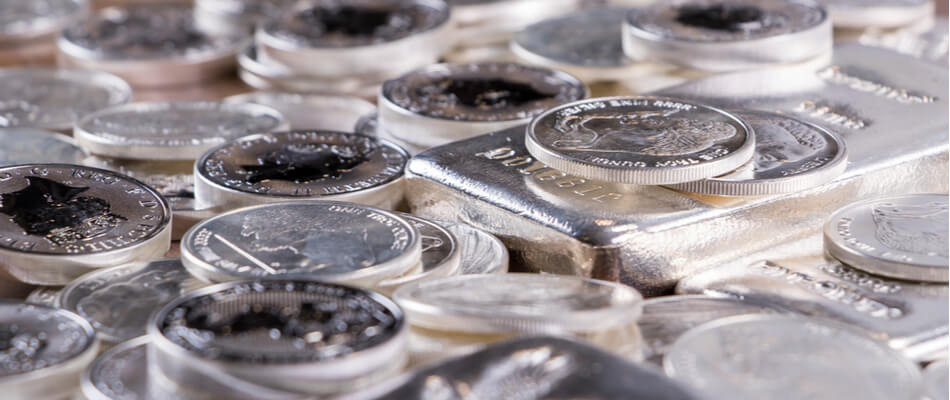Reasons to invest in silver
Due to the chances of higher yield percentages, investing in silver is seen as an attractive investment option. If you look at the price movements of the past years, you will see that investing in silver can yield more benefits than investing in gold. This mainly concerns the height of the yield percentages. However, due to the asset protection, it is the case that you need a different approach when investing in silver than when investing in gold, because silver is not fully seen as a precious metal.
The demand for silver is split in two directions; whether silver is a safe investment product that you can always fall back on, and whether silver can meet the industrial demand. This is due to the fact that silver contributes to industrial business for about 85%. Even though that percentage is high, it does not explain the increase in the price of silver. In the past 10 years, it went from $4 (per ounce) to $43 (per ounce). For this reason, investments in silver outperform other commodities that are also used for industrial purposes. Think of tin or copper.
Invest safely in silver
Silver’s split position is clearly visible in the sharp rise in the price of gold. This is in turn driven by global economic unrest. Therefore, investors are looking for investment options that are both safe and affordable. Silver has shifted from being just an industrial material to a monetary precious metal, and this is one of the main reasons for the price increases in recent times.
Despite the correlation between the values of silver and gold , it is also important to view these two precious metals separately. The gold stock or bond market is approximately 19 times larger than the silver market. While this market is also not inferior with a value of 73 billion dollars. This smaller market size, in combination with an ever faster growing industrial demand for physical silver, makes investing in silver increasingly attractive.

The industrial demand for silver
According to The Silver Institute, on an average annual basis, approximately 900 million ounces of silver are consumed, while approximately 700 million ounces are extracted from silver mines. A net decrease in above-ground reserves is observed each year, despite the fact that mine production has increased slightly over the years.
According to the American CPM Group, the stock in 1950 was still about 10 billion ounces. In 2010 this was only 3.5 billion ounces. Compared to the production of gold this is a big difference. The production of gold has actually increased from 1 billion to 7 billion ounces in the past 60 years. Calculated, you have a 600% increase in gold, compared to a 97% decrease in silver. But the consumption of silver has mainly taken place in the West in the past 60 years. In the future, more and more smartphones, DVDs, iPods and other products will be used in Asia. For this reason, investing in silver is an interesting investment option.
Compare brokers and start investing in commodities
Are you excited about investing in commodities, such as silver, after reading this article? Check out brokers that offer trading opportunities in commodities and find the broker that suits you best!